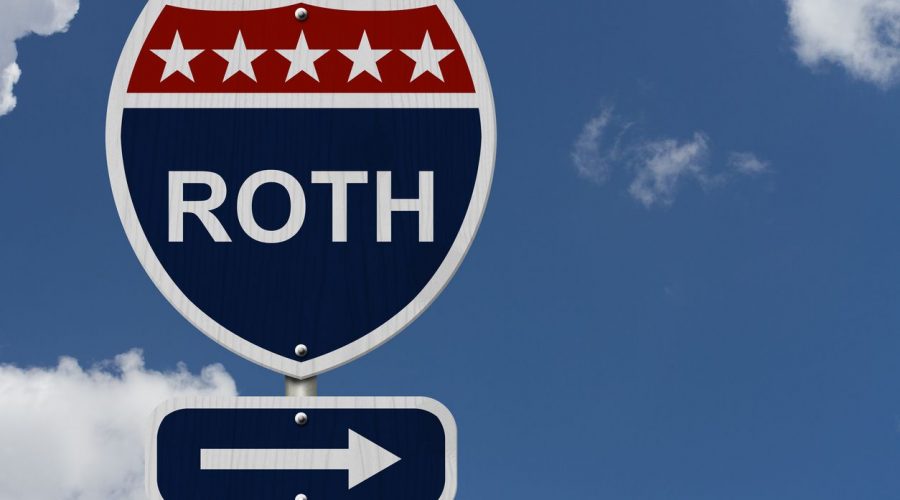There are so many types of retirement accounts available today, and for most, choosing the right one(s) for you seems incredibly overwhelming. In my opinion, as a CPA, Roth IRAs are one of the most underrated retirement accounts out there. Many don’t know all the benefits this type of account provides. Hopefully, this will give you a better understanding of why a Roth IRA is beneficial to have incorporated in every financial plan.
One misconception I see more often than not is people think a Roth IRA is a type of investment. A Roth IRA is a type of investment account that hold individual investments within the account, just as with any other investment account. These accounts are allocated based upon the individual’s risk tolerance (*please consults with an advisor to ensure your account is allocated appropriately).
Tax-Free Growth & Withdrawals:
With a Roth IRA, you do not get a tax deduction for your contributions to the account for tax purposes. You will pay income taxes on the funds in the year you earned the funds, so any contribution made to a Roth IRA is with post-tax money. This is the only time you pay taxes on this money.
The account will then grow and compound tax-free. Meaning, when you pull out your contributions and any amounts it’s earned over the years, you do not pay taxes on these withdrawals.
* Example: Your employer pays you $50,000 in 2022. You take $6,000 of that and contribute it to a Roth IRA. You will pay income taxes on all $50,000 for 2022. That $6,000 contribution then grows at 7% for 20 years. In 2042, that contribution has grown by $15,699, so including your $6,000 contribution, the balance is now $21,669. You would be able to withdrawal all $21,669 and not owe any taxes in retirement.
Distribution Planning:
Because Roth IRA withdrawals are tax-free, assuming you meet all requirements in being a qualified withdrawal, this provides flexible distribution planning in retirement. Meaning, it may be more beneficial to pull from one account versus another in any given year for tax purposes. I recommend consulting with an investment/tax advisor to ensure this is being done properly.
THINGS TO BE AWARE OF
Contribution limits:
The annual contribution limit is $6,000 for 2022 and $6,500 for 2023, with a $1,000 catch-up for those 50 years of age and over. This limit is across the board for all IRAs, Traditional and Roth.
Income Limits:
There are income limits to contributing directly to a Roth IRA. These income limits change with the tax year, so you will need to look at this on annual basis. This means, you cannot contribute directly to a Roth IRA if your income exceeds the below ranges.
2022 Roth IRA phase-out ranges, per the IRS:
- $129,000 to $144,000 – Single taxpayers and heads of household
- $204,000 to $214,000- Married, filing jointly
- $0 to $10,000 – Married, filing separately
* However, you can utilize the Backdoor Roth strategy to get your monies in the Roth environment. Here, you contribute directly to a Traditional IRA and then convert (transfer) to a Roth account ASAP.
Individual’s Age & Account Age:
A Roth IRA is subject to a 5-year rule, and any contributions and earnings must remain in the account for at least five years before being withdrawn. Because you have already paid taxes on all contributions, once you surpass the 5-year waiting period, you can access your contributions at any time, regardless of your age. Earnings, however, are only accessible once you’re 59.5 in age. Once you are 59.5, you can access all earnings and contributions, assuming they been in the account for five years.
If you access any contributions and/or earnings before meeting all requirements, the funds are then subject to a 10% early withdrawal penalty assessed by the IRS.
* There are some exceptions to early withdrawal (i.e., first time home purchase, college expenses, and birth or adoption expenses, etc. Please consult with a professional advisor before making withdrawals to ensure this is done properly.)
